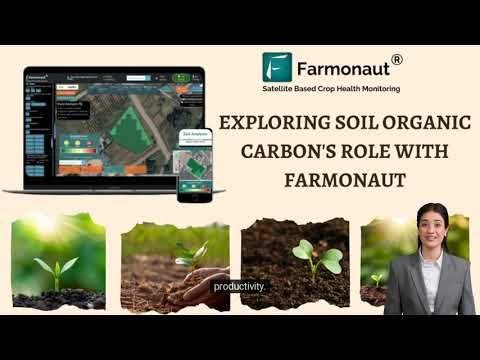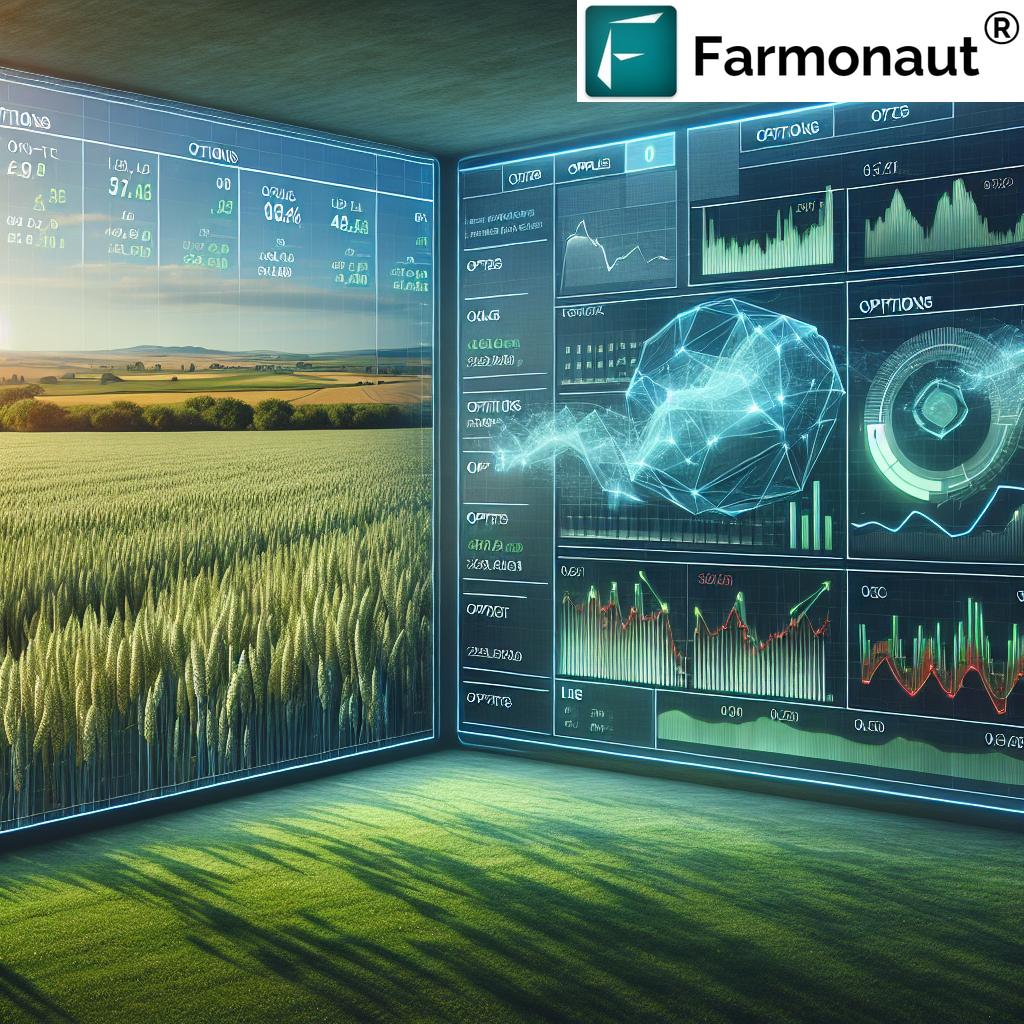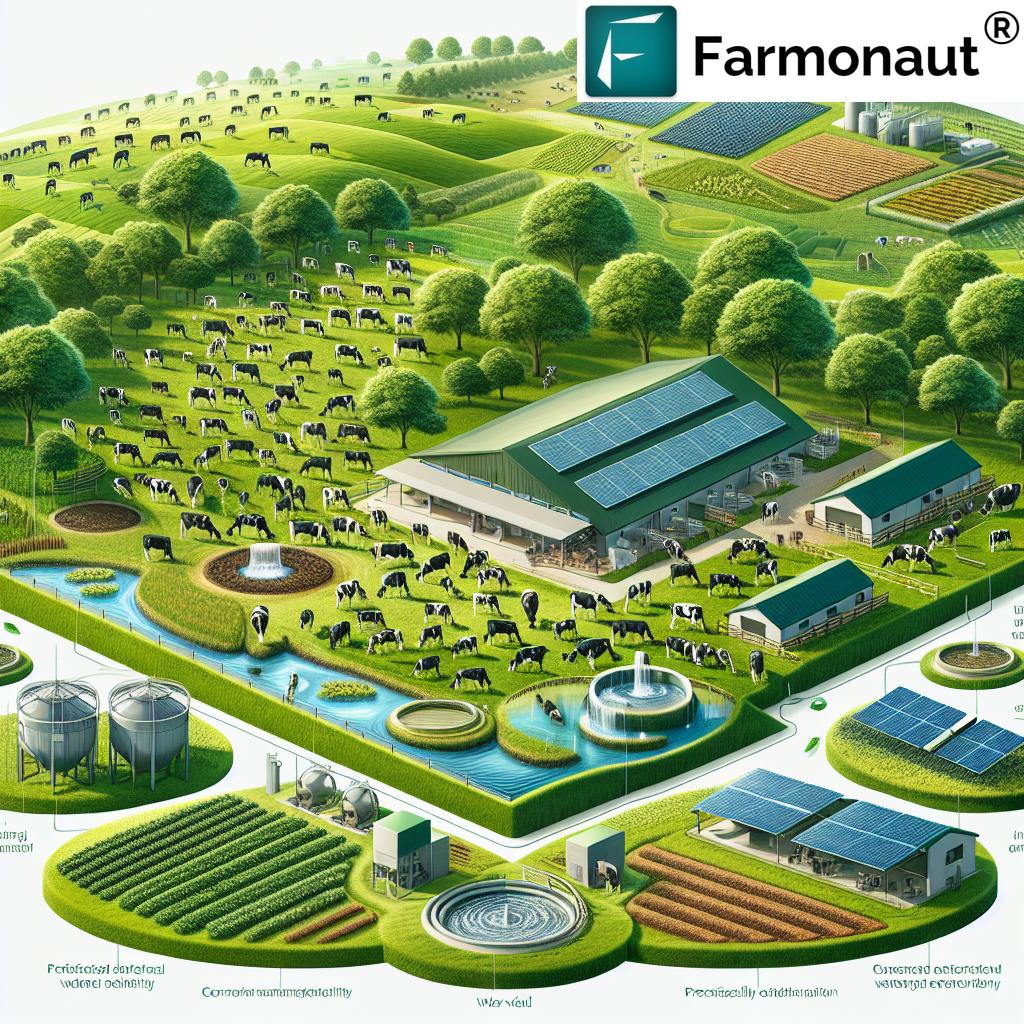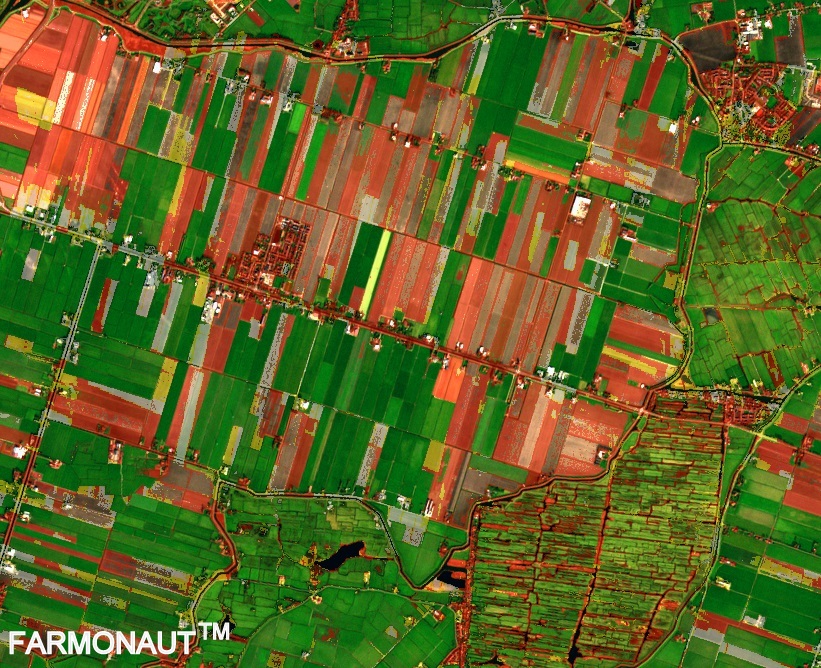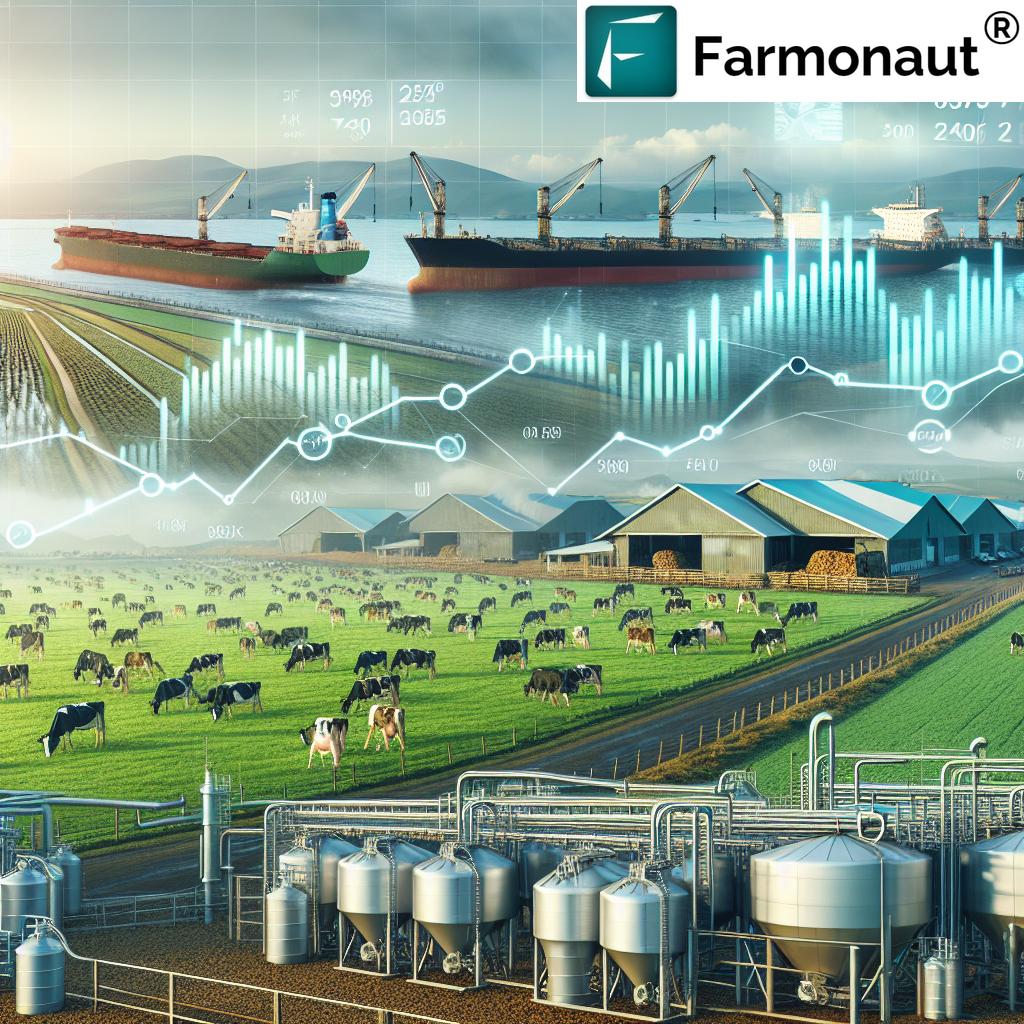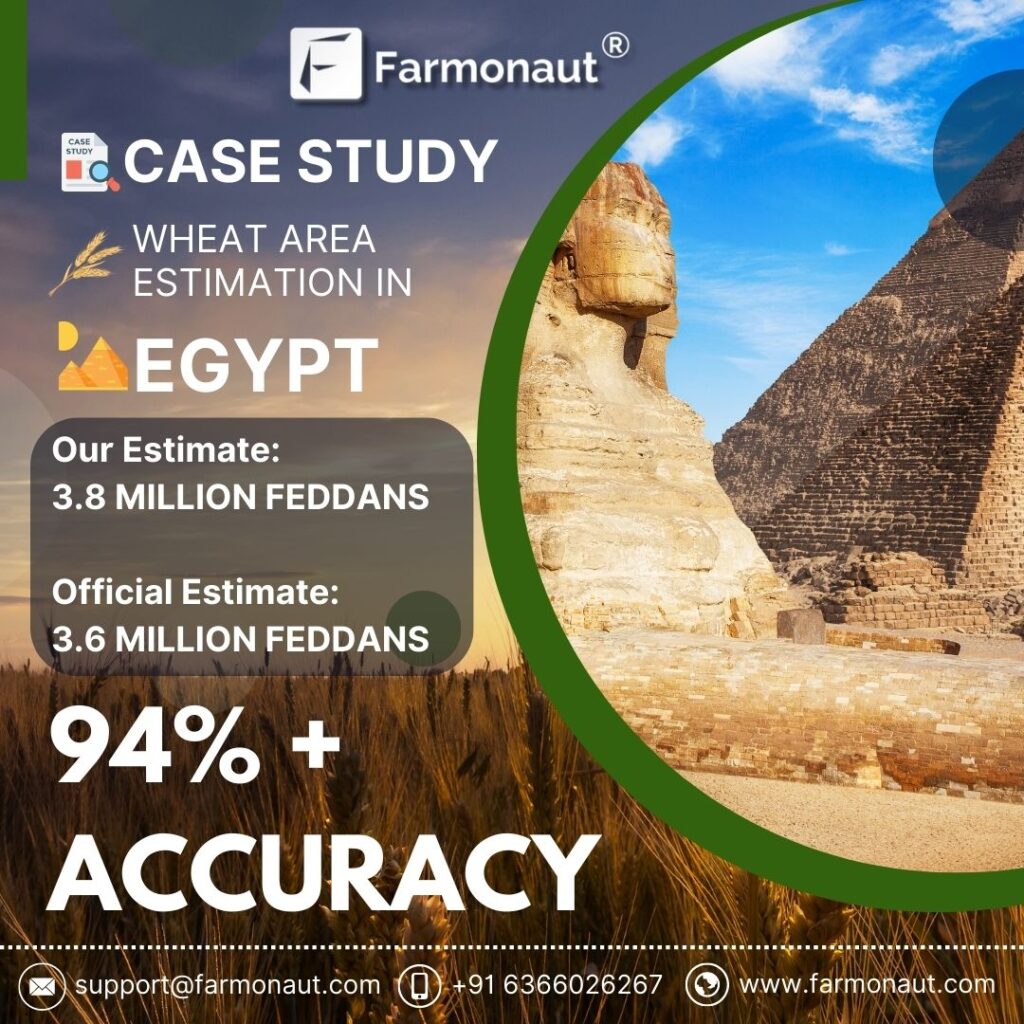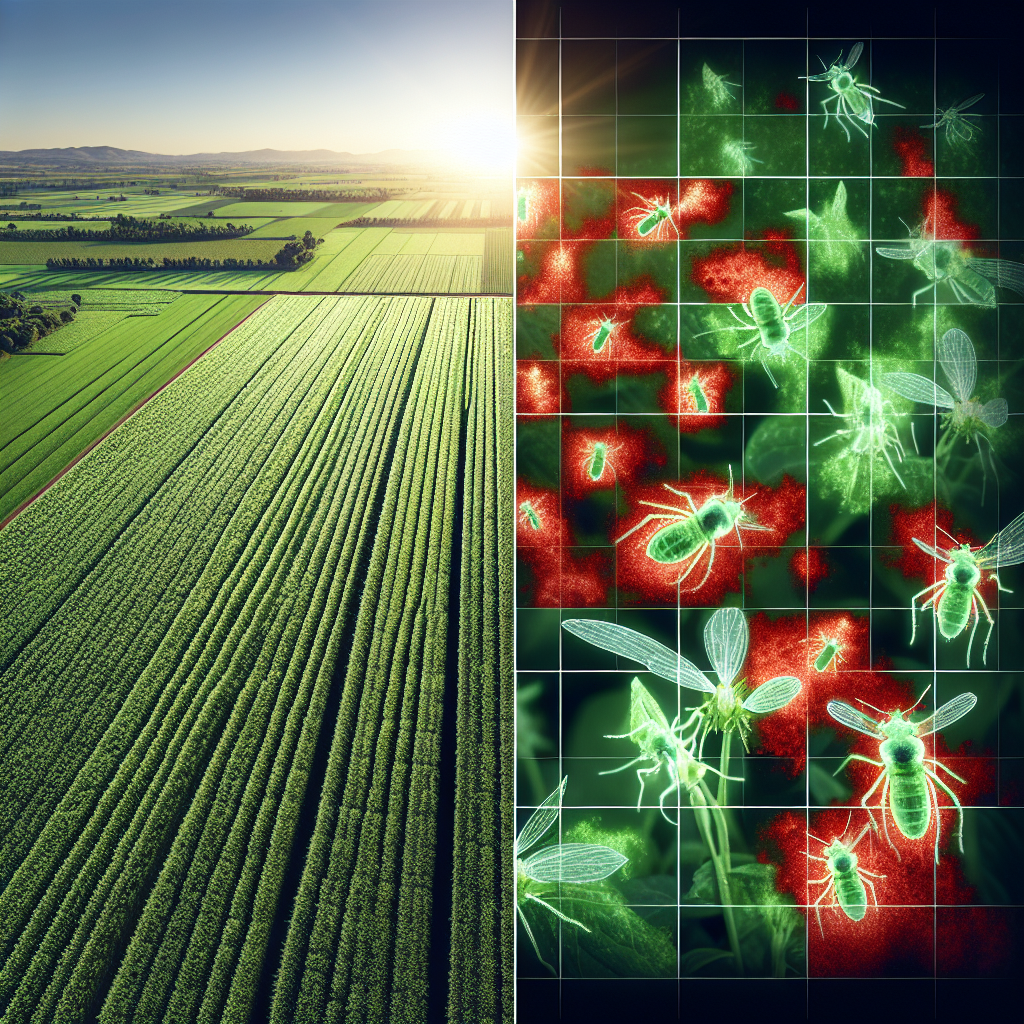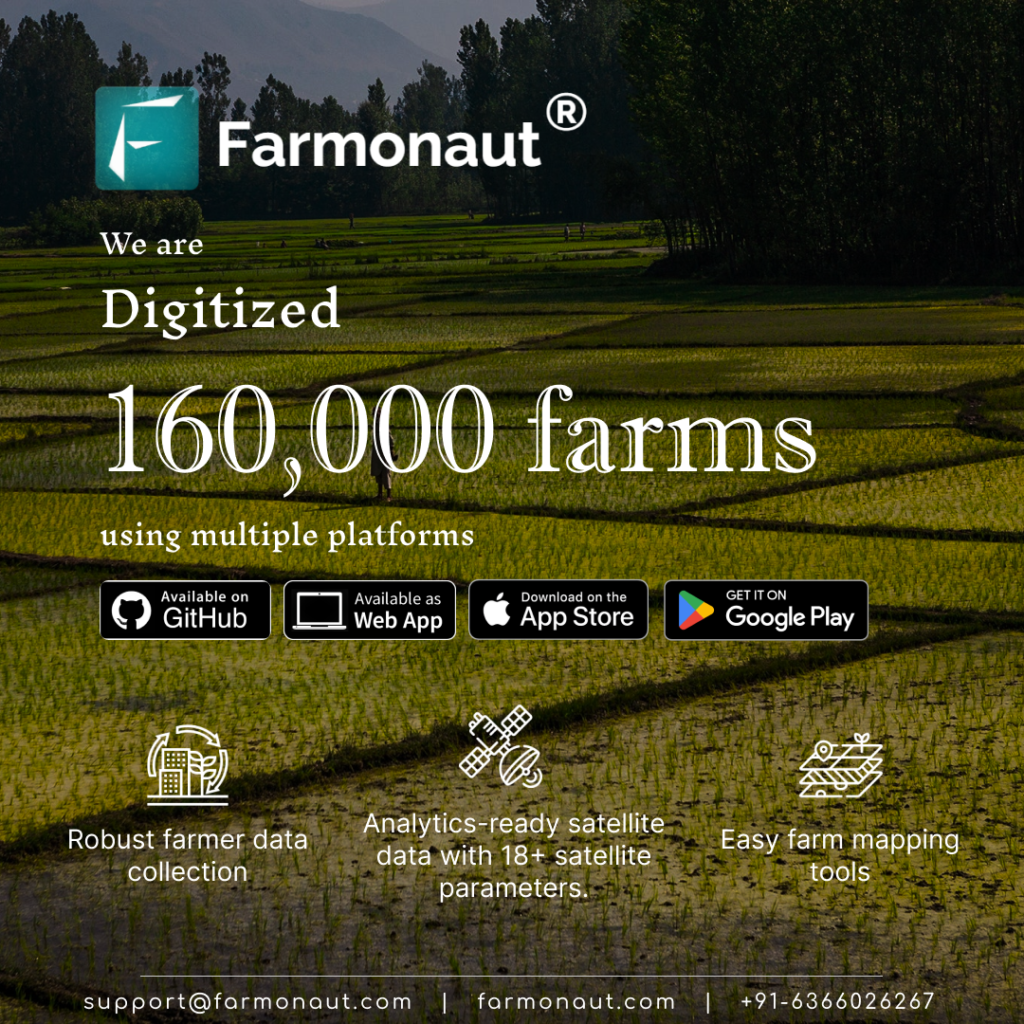Agriculture Supply Chain: 7 Shocking Innovations Revealed
Unlock how technology and sustainable practices are revolutionizing the agricultural supply chain, supercharging food traceability, efficiency, and environmental impact.
“Over 60% of global food companies now use blockchain for real-time supply chain traceability and transparency.”
Understanding the Agricultural Supply Chain: From Farm to Table
The agricultural supply chain is the backbone of our global food systems, encompassing the complex network responsible for moving agricultural products from the farm to the table. This interconnected chain involves critical stages that include:
- Production: The initial stage covering the cultivation of crops and raising of livestock through a blend of traditional methods and advanced techniques to produce raw commodities.
- Processing: Transforming raw materials by cleaning, packaging, and converting them into consumable products to enhance shelf life and nutritional value.
- Distribution: The processed products are distributed via wholesalers, retailers, and direct-to-consumer channels, requiring efficient logistics to maintain product quality and match consumer demand.
- Consumption: The final stage, where consumers purchase and use these products. Here, consumer preferences and behaviors influence every aspect of the chain, dictating what moves efficiently from farms to forks.
Each stage is shaped by a range of stakeholders—our farmers, processors, distributors, retailers, and of course, consumers—each playing a decisive role in ensuring optimal flow of goods. By integrating proven sustainable agriculture practices and leveraging technology, we’re seeing a new era of innovation dramatically transforming the agricultural landscape.
Key Agricultural Supply Chain Challenges
As vital as the agricultural network is, it’s also incredibly vulnerable. Here are the core agricultural supply chain challenges that have prompted transformative advancements and technological integration:
-
Supply Chain Optimization: Maintaining efficiency, reducing costs, and optimizing operations are constant hurdles. New digital models (like digital twins) now allow for simulation, resource allocation, and rapid supply chain adjustments, enabling smarter, data-driven decision-making.
Learn about supply chain optimization
. - Sustainability & Environmental Impact: Agriculture is a chief contributor to greenhouse gas emissions and resource depletion. Adopting sustainable practices such as regenerative agriculture can mitigate environmental impacts and foster long-term stewardship.
-
Technological Integration: Incorporating advanced technologies like blockchain, IoT, and AI is powerful, but also demands substantial investment, digital literacy, and integration.
Read more about technological barriers
.
These challenges make it clear that implementing new approaches is crucial for the future: only by optimizing supply chain operations and adopting sustainable methods can we match global demand while preserving our environment.
7 Shocking Innovations in the Agriculture Supply Chain
Let’s explore the seven most disruptive innovations shaping the agricultural supply chain. Each of these advancements directly addresses our shared challenges around traceability, efficiency, sustainability, and environmental impact. Farmonaut effectively incorporates or supports many of these technologies as part of its commitment to accessible, sustainable, and responsible agriculture for everyone.
1. Digital Twins for Supply Chain Optimization
Digital twins are detailed virtual replicas of physical supply chain processes. By creating a digital representation of everything from production to distribution, we can:
- Monitor every node within the agricultural supply chain in real time
- Test and implement optimization models before changing the real-world process
- Proactively identify bottlenecks, reducing both time and costs
- Refine resource allocation for maximum efficiency
Dive into digital transformation in agriculture
2. Blockchain in Agriculture for Food Traceability
Blockchain technology offers tamper-proof, transparent, and fully auditable ledgers—making it essential for food traceability technologies.
- Consumers and businesses can trace agricultural products back to their origin
- Boosts trust, food safety, and helps confirm ethical supply chain practices
- Reduces fraud and simplifies compliance
- Empowers farm to table supply chain transparency
Understand how blockchain in agriculture empowers food traceability
Discover how Farmonaut’s blockchain-powered traceability system can validate the journey of your products, boost consumer trust, and make your agri-supply chain future-proof.
3. AI & Machine Learning Models for Predictive Analytics
Artificial Intelligence (AI) and Machine Learning (ML) models transform vast data streams—from IoT sensors, satellites, and market data—into actionable insights:
- Accurately forecast consumer demand and market trends
- Enhance inventory optimization, reducing overproduction and waste
- Identify potential disruptions and recommend proactive measures
- Support sustainable agriculture practices with targeted interventions
Explore AI’s role in modern supply chain resilience
Farmonaut’s Jeevn AI Advisory System exemplifies these principles, combining real-time satellite data and AI expertise to bring precision and agility to daily farm decisions.
4. Internet of Things (IoT) for Real-Time Monitoring
The IoT bridges physical and digital worlds by deploying sensors, drones, and devices across farms, processing units, and distribution fleets:
- Enables 24/7 monitoring of soil health, crop vigor, and livestock welfare
- Delivers immediate data for precise interventions: irrigation, fertilization, pest control
- Facilitates traceability across all supply chain stages with live tracking
- Empowers resource optimization and minimizes losses
See how IoT innovations decentralize the agriculture supply chain
Farmonaut’s platform utilizes satellite data—a remote-sensing subset of IoT—for ultra-detailed field conditions and crop health assessments.
5. Regenerative Agriculture Benefits Embedded Across the Chain
Regenerative agriculture is about more than sustainability—it’s a holistic approach to restore soil health, enhance biodiversity, and reduce environmental footprint:
- Improves carbon sequestration and soil water retention
- Boosts biodiversity and farm resilience against climate volatility
- Enhances both short-term yields and long-term planetary health
- Establishes a circular, responsible supply chain ethos from field to fork
Explore why regenerative agriculture is the new supply chain standard
For organizations focused on measurable environmental impact of agriculture or carbon footprinting, Farmonaut offers a dedicated platform for carbon emissions tracking.
“AI-powered logistics have reduced agricultural supply chain waste by up to 30% in the past five years.”
6. Automation and Smart Logistics
Automated logistics using robotics, AI, and data analytics has supercharged the chain:
- Boosts end-to-end supply chain efficiency by automating harvesting, sorting, packaging, and delivery processes
- Dynamically routes vehicles to avoid delays, ensuring produce maintains quality and shelf life
- Leverages predictive analytics to synchronize distribution with consumer preferences and real-time events
See Farmonaut’s Fleet and Resource Management tool for streamlined logistics and operational savings.
For growers and groups managing larger acreages, explore large scale farm management to tap into all-in-one field, plantation, and resource control.
7. Responsible and Ethical Supply Chains
A focus on ethical practices—backed by due diligence and international best standards—ensures equitable, humane, and environmentally sound sourcing.
- Reduces social risks and legal liabilities for all supply chain actors
- Promotes inclusive, community-first sourcing and safeguarding of human rights
- Responds to consumer demand for sustainable agriculture practices and responsible supply chains
Review the latest standards for responsible agriculture chains
Traceability and blockchain integration in solutions like Farmonaut’s ensure end-to-end chain transparency and help confirm compliance with emerging ethical frameworks.
Comparison Table of Supply Chain Innovations and Their Impact
| Innovation Name | Brief Description | Estimated Impact on Efficiency (%) | Estimated Increase in Traceability (%) | Estimated Reduction in Environmental Footprint (%) |
|---|---|---|---|---|
| Digital Twins | Virtual models enabling optimization and real-time monitoring of supply chains. | 30–45% | 20–35% | 12–18% |
| Blockchain Traceability | Decentralized digital ledgers ensuring supply chain transparency. | 12–22% | 70–90% | 10–15% |
| AI & ML Predictive Analytics | Forecasts demand, optimizes inventory, and identifies disruptions using advanced algorithms. | 28–38% | 10–20% | 8–20% |
| IoT Devices & Sensors | Real-time monitoring of crops, soil, and logistics through interconnected devices. | 20–35% | 30–50% | 16–28% |
| Regenerative Agriculture | Pioneering sustainable, biodiversity-increasing practices to renew soil and environment. | 12–18% | 12–18% | 35–50% |
| Smart Logistics Automation | Automated distribution and routing for enhanced speed and reduced waste. | 22–37% | 20–28% | 15–18% |
| Responsible/Ethical Chains | Adhering to social, ethical, and environmental best practices in sourcing and operations. | 8–15% | 18–22% | 18–23% |
Recent Developments in Agricultural Supply Chain Innovations
How Farmonaut Is Powering the Supply Chain Revolution
At Farmonaut, we’re redefining digital transformation in agriculture by making precision-driven, satellite-enabled solutions accessible worldwide via apps and API integration. Here’s what makes our suite of technologies unique for every stakeholder in the agricultural supply chain:
- Satellite Crop Health Monitoring: Get instant, accurate field conditions with NDVI and moisture analytics—no field visit required!
- Jeevn AI Advisory: Personalized, real-time, and weather-proofed insights to optimize resource use and yields.
- Blockchain-Based Traceability: Lock in product history, ensure authenticity, and resolve supply chain disputes with digital certainty.
- Fleet and Resource Management: Track every fleet and asset, cut down excesses and deliver goods efficiently to any market or warehouse.
Try our Fleet Management platform here: Farmonaut Fleet Management -
Keep your food and fiber culture sustainable with our Carbon Footprinting platform:
Farmonaut Carbon Footprinting -
Secure your farm financing:
Satellite-based crop loan and insurance verification -
Need full control of a plantation or forest operation?
Large-scale advisory & management platform
Developers and businesses: Integrate satellite & weather data using our public API and explore detailed documentation at Farmonaut API Developer Docs.
FAQ: Agricultural Supply Chain Innovations
What is the agricultural supply chain?
The agricultural supply chain is the complete process of producing, processing, distributing, and finally consuming agricultural products. It includes all stages from raw production on farms, transformation at processing plants, transit via distribution channels, and ending with purchase and consumption by final consumers.
How are digital technologies enhancing the agricultural supply chain?
Digital technologies—like blockchain, IoT, and AI—improve traceability and efficiency across all supply chain stages. They enable real-time monitoring, optimize logistics, reduce resource wastage, and empower sustainable supply chain management, from farm to table.
Why is sustainability important in the agriculture supply chain?
Agriculture is a major driver of environmental change, impacting soil health, water consumption, and climate through emissions. Sustainable practices—including regenerative agriculture—reduce these negative impacts and make the supply chain more resilient, ethical, and aligned with consumer demand for responsible products.
What role does blockchain play in food traceability?
Blockchain in agriculture ensures each step in the supply chain is tamper-proof and transparent, allowing both producers and consumers to verify the origin and journey of food products. This increases trust, food safety, and supports ethical and responsible trade.
How can Farmonaut help me optimize my agricultural supply chain?
Farmonaut provides a full-stack solution with satellite crop health monitoring, AI-driven advisory, blockchain traceability, and resource management tools. These help all supply chain participants enhance efficiency, reduce costs, comply with emerging regulations, and transition to sustainable operation models.
What is carbon footprinting in agriculture?
Carbon footprinting estimates the total greenhouse gas emissions produced throughout the supply chain, from field operations to transportation and processing. By tracking these emissions with platforms like Farmonaut Carbon Footprinting, producers and companies can identify hotspots and prioritize reduction efforts, supporting climate goals and market demands for sustainable products.
Conclusion and Next Steps
The agriculture supply chain is in the midst of a fundamental transformation. With the pressures of global demand, sustainability, digital disruption, and consumer transparency, there’s no room for stagnation. The seven innovations we covered—from digital twins to blockchain traceability—reveal how the industry is being reshaped from the roots up, delivering measurable improvements in efficiency, traceability, and environmental impact.
We are all stakeholders—farmers, agribusinesses, processors, retailers, and consumers—in this new, dynamic, and sustainable vision for our food systems. Those who embrace digitalization, sustainability, and ethical best practices will thrive as the industry continues to evolve.
- Explore Farmonaut’s apps (Web app, Android, iOS) to unlock next-level supply chain innovations!
- Integrate our API (Get access) and visit our developer documentation for seamless customization.
Together, let’s build a resilient, responsible, and innovative agricultural future—one that rewards every link in the chain and safeguards our planet for generations to come.





